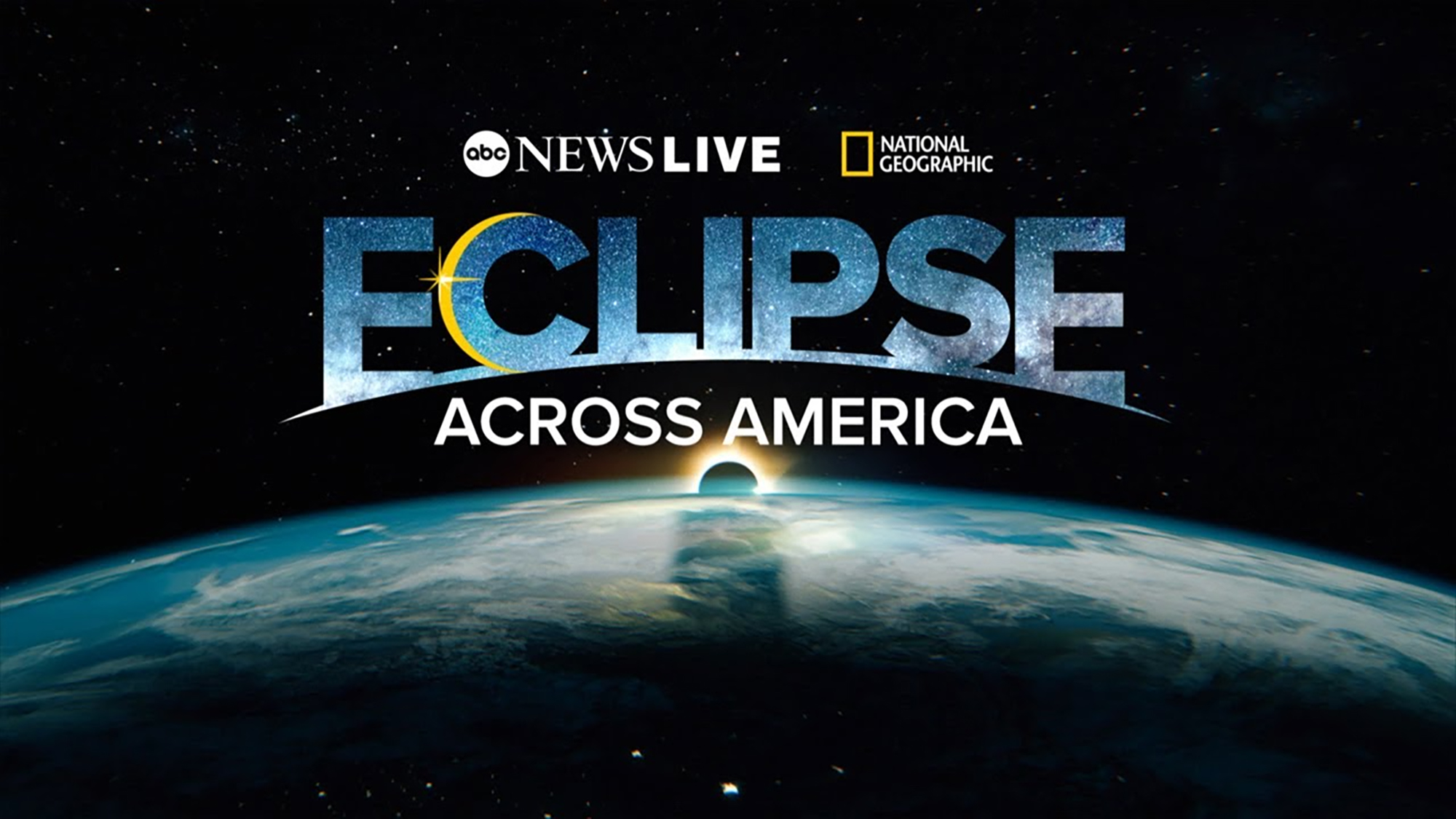
On Monday, April 8, the shadow of a total solar eclipse will pass over North America: stand in the right spot, and for a few minutes the moon will completely block out the sun, thanks to a rare alignment of celestial objects.
If you’re not able to get into a spot along the ‘path of totality’ yourself, you don’t have to miss out – there are plenty of ways to watch this spectacular natural show on the web, wherever you happen to be in the world. We’ve picked out some options below.
One benefit of staying at home is you don’t need any special protective eyewear to watch online – something which is an absolute must if you’re looking at the eclipse directly (here’s NASA’s safety advice).
For those of you planning to watch live, you need to know timings: the shadow created by the total eclipse hits Mexico’s Pacific coast at 11.07am PT – that’s 2.07pm ET, 7.07pm in the UK, or 4.07am AEST on Tuesday, April 9 in Australia.
The shadow’s path will move rapidly up through the US and leave the east coast of Canada at 5.16pm NDT – so 1.16pm PT / 4.16pm ET / 9.16pm BST in the UK, and 6.16am AEST on April 9 in Australia. You’ve got a couple of hours to tune in, basically.
Now that you’ve checked your schedule, here’s where to watch.
NASA livestream
Of course NASA has a livestream of the event, which you can watch here. The organization says it’ll be sharing views from several telescopes in the US as the eclipse moves across the United States, and there’ll be expert commentary and an interactive live chat too.
University of Maine livestream
Head here to watch the livestream coming from the High Altitude Science Balloon maintained by a team from the University of Maine. The balloon will be able to climb up to heights of around 90,000 feet (27,432 meters), which may help with any cloud cover issues.
TimeAndDate.com is going all in on the total solar eclipse: you can visit the site for explainers, animations, timings, and plenty more besides, and you can watch the moon blot out the sun by following the livestream of the celestial event from here.
McDonald Observatory livestream
It helps to watch the total solar eclipse with commentary from people who know what they’re talking about: and that’s the case with the McDonald Observatory livestream right here. Be wowed by the sights of the eclipse and learn some science at the same time.
Local channels and streaming apps
YouTube livestreams aren’t the only way to watch the solar eclipse: plenty of local and national TV channels will be covering it too, so you can tune in anywhere you can get access to these channels (including NBC, CNN, and ABC) on the web or through apps.
Google TV is actually going to showcase some of these channels for you: head to the For You tab from the front screen. Viewers in the US can also tune into a special on Disney Plus or Hulu, from 11am PT / 2pm ET, and the free NASA app is another way to watch along.


















+ There are no comments
Add yours